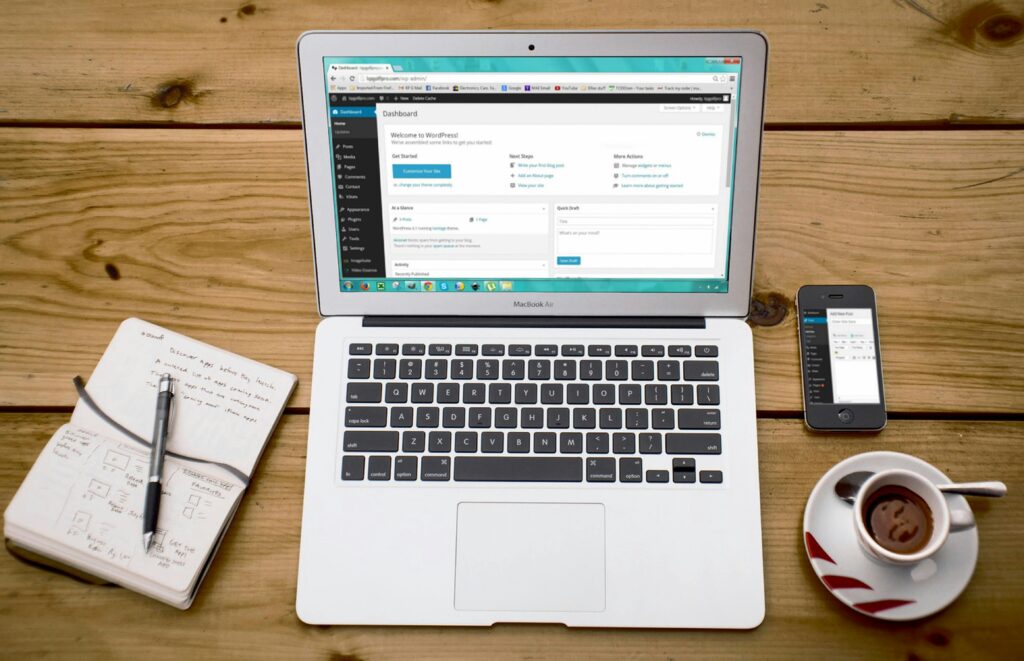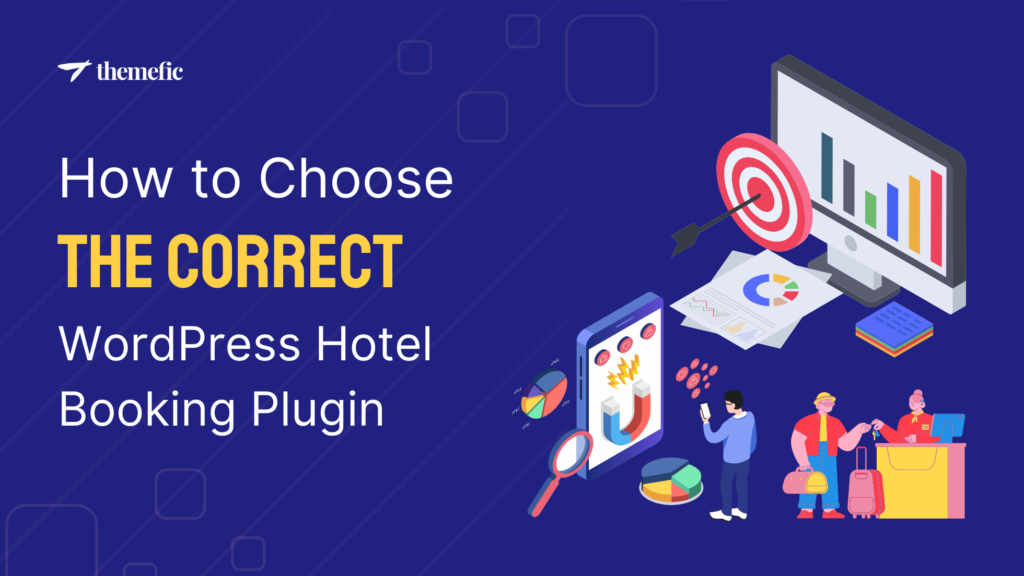The marketing world is increasingly leaning toward an omnichannel approach. Integrating your efforts across various channels, such as print media and social media handles, has become imperative to see meaningful results. If you run a WordPress blog for your business or personal brand, you will likely be exploring linking it with your social media presence.
According to a 2025 study published in Frontiers in Communication, social media campaigns can be highly effective for brand building, provided brands emphasize transparency and authenticity. A concerted, integrated public front is a concrete step toward building this trustworthy image.
The one concern? Linking WordPress and social media can expose you to security concerns that you must address as a priority.
1. The Plugin Plothole: Malicious Code
The most common security risk comes from the plugins you use to link your blog with social media accounts. WordPress is renowned for its numerous plugins that simplify operations for brands, from launching e-commerce functionalities to displaying an artist’s portfolio.
The problem is, not all plugins are built alike. Some of them are downright malicious.
Recently, a high-severity risk was detected in the All-in-One WP Migration and Backup plugin, a popular choice with millions of users. The problem lay in an unauthenticated PHP object injection. In the wrong hands, the flaw could let attackers access and edit sensitive user information.
In August 2025, Hacker News reported on a malicious WordPress plugin called “woocommerce_inputs.” All seemed innocent before it turned out to be a ruse for credential harvesting.
If you unwittingly use a malicious plugin for social media integration, you could expose your website to harmful scripts. Imagine: Your clients’ personal information could get compromised. Your viewers could get redirected to spammy websites that can tarnish your company’s image.
Some plugins may also be outdated. It means their ability to keep private information, such as login credentials, secure is limited. A potential data breach could spell the end for your business.
Action Plan
Use trusted plugins with excellent reviews and a clean developer history for social media integration. Conduct regular audits of WP plugins, removing obsolete or unused ones and monitoring fixes and updates.
2. Irresponsible Content and Legal Security Risks
Many businesses don’t follow the same content pattern for their blog and social media pages. WordPress blogs may be more suitable for long-form, thought-provoking content. You may use social media for trending or seasonal posts and tracking competitors.
When you link the two, your onus of responsibility grows manifold. Failing to adhere to content standards of responsibility and accountability is a risk with both technical and legal manifestations.
Consider a phishing attack. If an attacker gains access to your WordPress site, they may also be able to post malicious content on your connected social media channels. Compromised websites can harm your users by revealing their confidential information. In today’s litigious society, it won’t take long for this to blow up into a full-blown lawsuit.
An arguably more serious problem can arise from the quality of the content itself. Integrating WP and social media can increase the likelihood of a comprehensive content framework, with all your branded media developing similarities in tone and voice.
It may also mean greater risk exposure to the perils of algorithmically-driven feeds on platforms like Instagram. An ongoing Instagram lawsuit argues that prolonged consumption of content related to social comparison and body shaming can make young adults susceptible to poor mental health.
According to TorHoerman Law, the allegation against social media companies is that they designed engagement features despite being aware of the potential risks to the audience. In this context, it would hardly be responsible to push similar stories on your WP blog (say, through plugins for “recent posts on”).
Action Plan
Guard against phishing attacks that can compromise your website. You can achieve this with strong passwords and two-factor authentication. Create responsible content that engages users while staying within the law.
3. Compromised Passwords: Brute Force Attacks
Another security risk associated with integrating WP and social media is the possibility of a single point of failure. Since your digital properties are integrated, they can also face concerted attacks and be compromised in parallel.
Consider a simple situation where you use the same passwords for your blog and social media channels. Attackers who guess your credentials will receive access to everything you post, hampering the credibility and trustworthiness of your business.
The risk becomes especially severe when you consider brute force attacks. These automated attempts to guess your password can deplete your server’s resources.
Integrating a CAPTCHA is not always a viable option from a user experience perspective. Moreover, ransomware actors have developed new ways to attack enterprise VPNs and firewalls. They use stolen credentials for credential-stuffing attacks.
Action Plan
WordPress recommends using Jetpack’s “Brute Force Attack Protection” to block suspicious IP addresses and monitor online activity. You should also keep your devices’ passwords and login policies updated across your blog and social media channels. It is best to remove any features that are no longer needed.
In today’s marketing era of hyper-personalization and continuous connectedness, linking your digital properties can have excellent outcomes. It lets you create a consistent brand presence and translate wins across multiple platforms.
Being aware of the risks involved with such integration and dealing with them proactively will ensure sustainable success for your brand.
Help us grow by sharing this Post!


